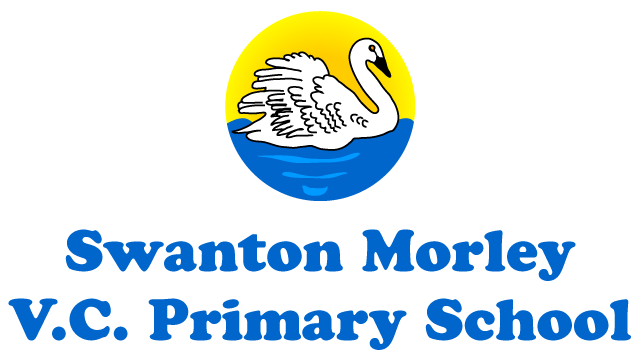Intent
At Swanton Morley, we aim for our geography curriculum to help pupils develop an understanding of place and it’s personal meaning, including their own place in the world and that of others. We encourage our pupils to understand their role as stewards of the Earth and foster their sense of awe and wonder at the Earth and the people in it. We aim for pupils to develop geographical understanding that helps them to recognise how and why changes to places and the environment happen, sustainability, interdependence through themes such as climate change, food and energy and the differences between natural, man-made and social environments. Within each Geography unit, we provide pupils with a range of key vocabulary to describe features of the environment and the processes that shape it. Alongside providing children with the essential geographical knowledge outlined in the national curriculum, we provide practical opportunities for investigations and development of geographical skills.
Implementation
Geography is delivered through themes detailed in the curriculum map. We base our themes on the units of work provided by the Dimensions curriculum. This curriculum is thematic in nature and so provides lots of opportunities for pupils to revisit and apply their learning from history and geography to other subjects. Within the EYFS, understanding of the world is threaded through class interests and individual themes selected and this begins with an understanding of themselves and their local area. This builds in KS1 and pupils begin to compare their local area with other locations around the world.
Each theme is age appropriate, builds on students’ prior knowledge and skills and ensures that the National Curriculum is taught broadly, engagingly and fully. Our themes are chosen to inspire children’s fascination about the world and its people.
Both human and physical geography is covered within each year group and are revisited and developed in each key stage. A regional study of a country builds on the skills throughout each year group and these countries are divided between year groups, for example: China and Asia, Africa, Russia, America and the Arctic Circle. The diversity of places, people and resources and natural human environments studies throughout each key stage enable pupil’s understanding of the interaction between physical and human process.
Literacy is promoted through the identification of key vocabulary within each unit of work and these are taught, promoted and modelled in oral and written activities. Numeracy skills are also addressed in context to the topic being taught, including graph skills.
Teaching and learning is delivered using a variety of approaches including whole class discussions, individual, paired and group work. Teacher make use of videos, books, photographs, internet research, atlases, globes and the local area to support children’s understanding.
Impact
Pupils are assessed through the course of a unit using formative assessment strategies, which allow the class teacher to address misconceptions and gaps in learning. At the end of each term, pupils are assessed formally using a point in time assessment which is based on their achievement of learning objectives throughout each geography unit.


